How to propagate a monstera – 5 easy steps to follow
Take cuttings from your Swiss cheese plant and grow new plants for free
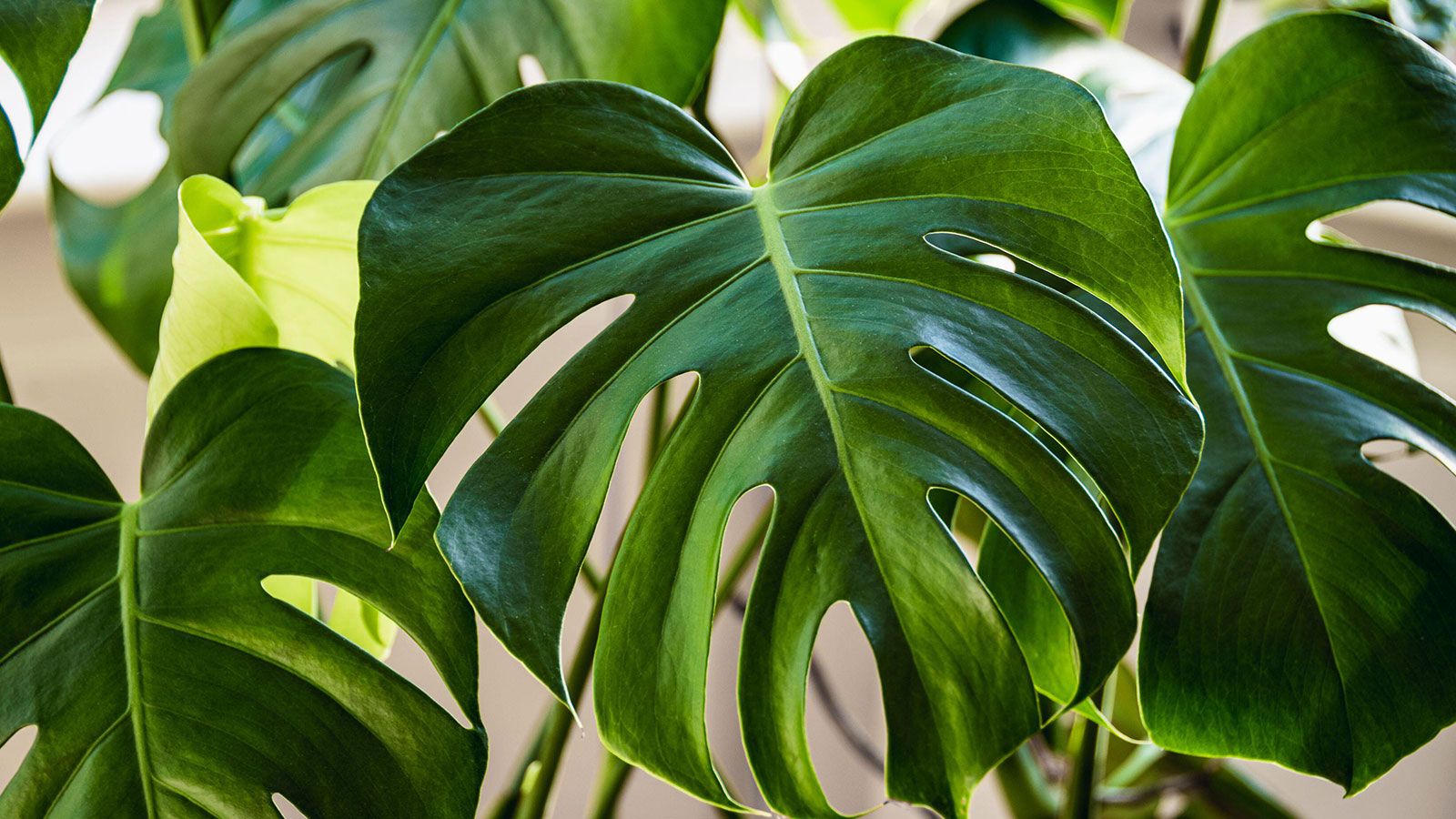

If you want to pack your home with Swiss cheese plants, there’s no need to break your budget. With just one healthy plant, you can grow many monsteras with the power of propagation.
Monstera plants are incredibly popular indoor plants. Scientifically part of the Monstera genus, they are named Swiss cheese plants for the famous holes and splits in their leaves, known as fenestration. This tropical look and their ease of growth have made these plants one of the most widely purchased and grown around the world.
With a few basic tools and a healthy monstera, you can quickly grow your collection at no extra cost. Simply take one cutting at a time, or multiple, depending on the size of your plant, to root readily in water or soil.
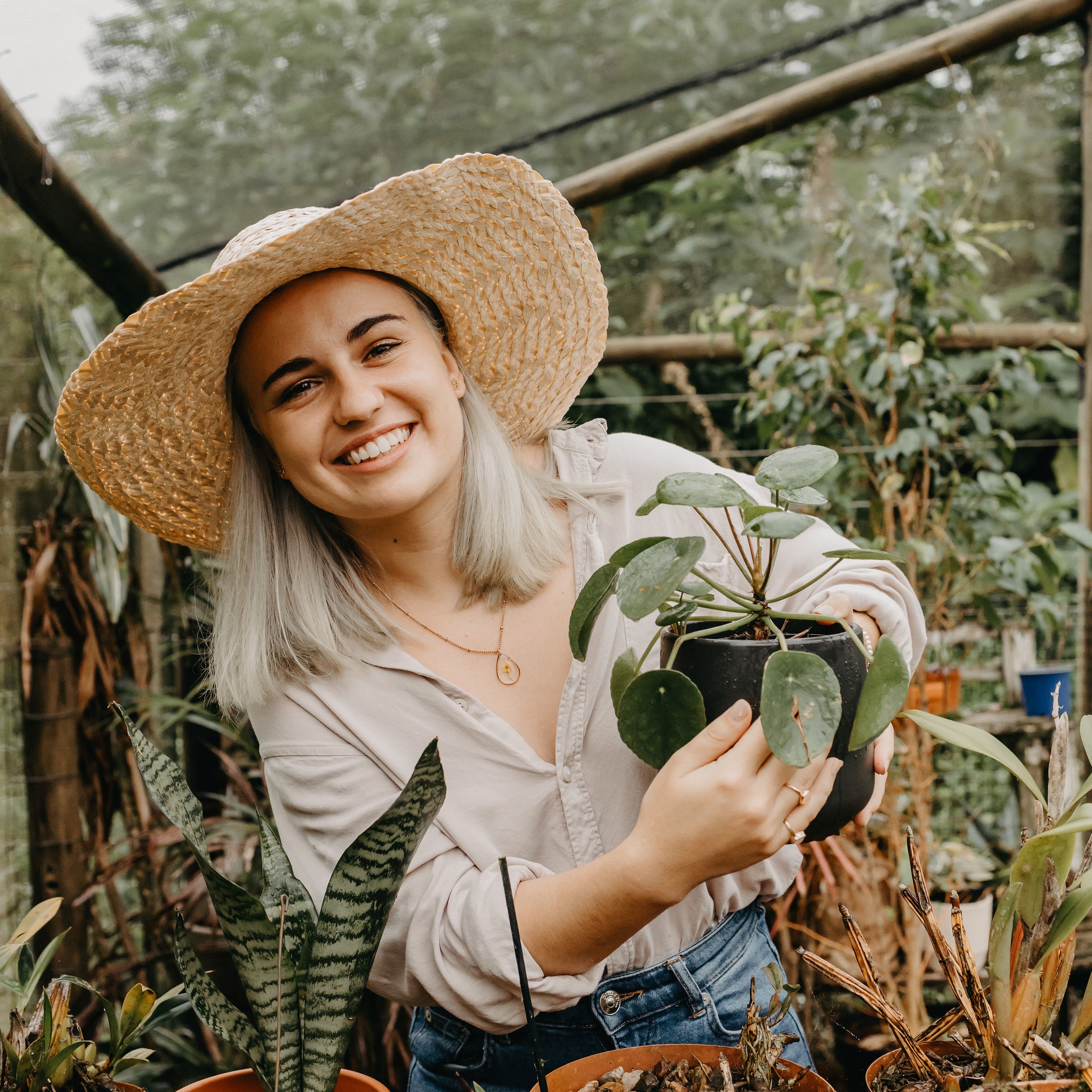
Madison has turned her years-long passion for plants into a career writing for both digital and print publications. She covers everything from the latest trends to general plant care advice, all while caring for her own ever-growing plant collection. She regularly propagates her houseplants, and has taken cuttings from her monstera plants to increase her collection without having to spend any money.
Expert tips on how to propagate a monstera
Before you start, it’s best to clean your pruning shears (especially if they have been used to prune diseased plants) and wash out any containers that have been used for propagating previously. A clean environment gives your new and vulnerable cuttings the best chance of healthy root growth.
All you need is a few minutes and you’ll be on the way to growing a brand-new monstera plant.
If you also need to repot your monstera, you might want to think about taking a couple of cuttings at the same time.
1. Choose the perfect stem
When taking plant cuttings, choosing the ideal stem for cutting is the first step to propagating a monstera. First and foremost, the stem should be healthy and damage-free. Any disease or damage will negatively impact the plant’s ability to produce roots, focusing its energy on recovery instead. The lack of root growth can eventually lead to rot at the base of the cutting, especially when propagating in water.
Design expertise in your inbox – from inspiring decorating ideas and beautiful celebrity homes to practical gardening advice and shopping round-ups.
The ideal stem should also have one or two healthy leaves. To have the energy to develop roots and maintain growth when removed from the parent plant, monstera cuttings still need to photosynthesize. To do that, they need a few leaves containing chlorophyll and plenty of bright indirect light.
Finally, it’s best to choose a cutting that has an aerial root at the base. This is not a strict requirement – I’ve propagated many Swiss cheese plants successfully without them. However, I do find these cuttings typically root quicker and have stronger initial growth than those without aerial roots.
If you’ve identified several stems that meet these requirements on a large plant, you can take several cuttings at once to increase your chances of success and rapidly grow your collection. But be careful not to remove more than one-third of the parent plant as this can lead to shock.
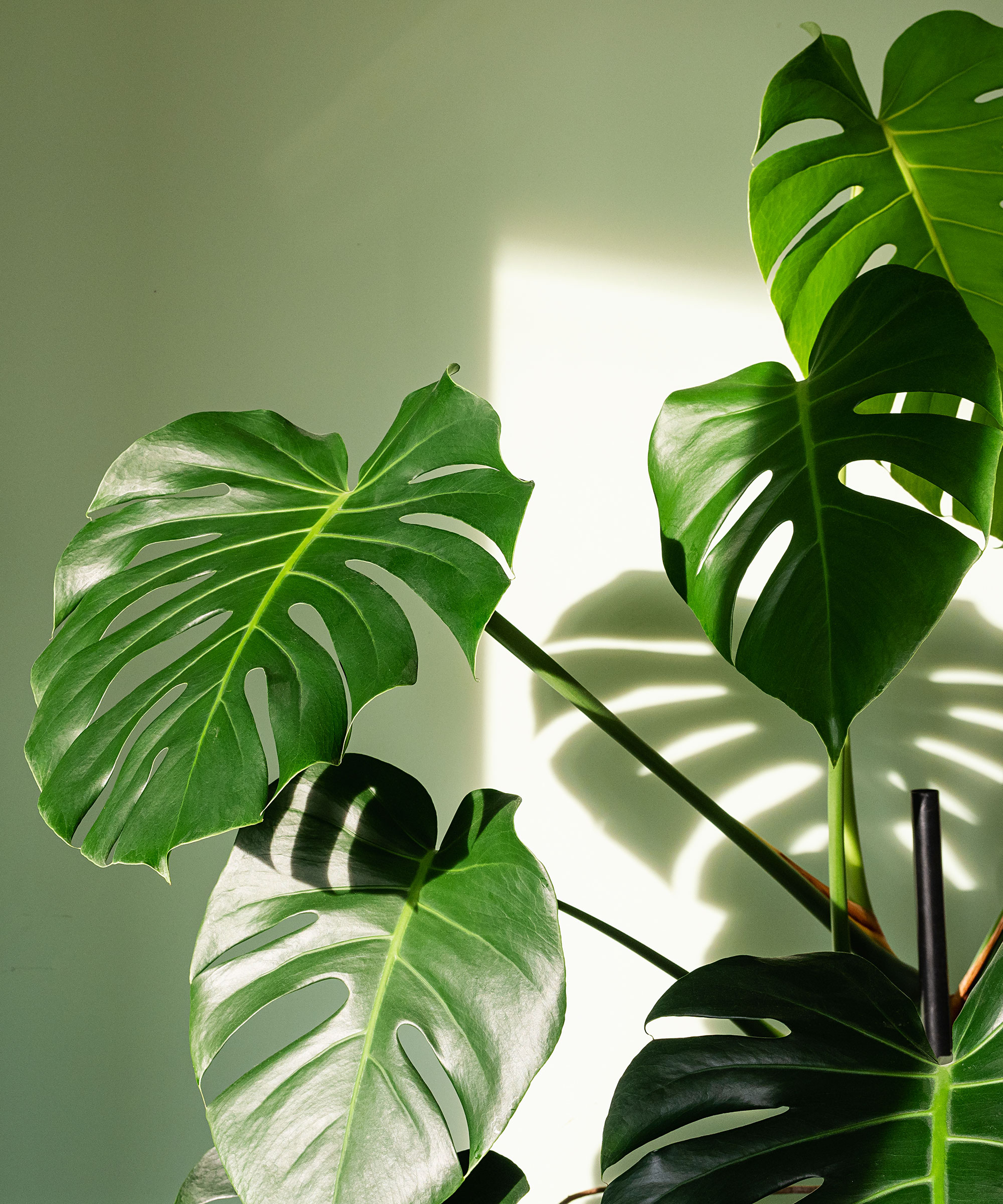
Make sure your plant is healthy and free from disease before taking cuttings
2. Remove the cutting
You can’t remove a monstera cutting at just any point along the stem. Cuttings need to be removed just below a node – the bumps in the stems where new growth emerges. These are the plant tissues that have the ability to develop new roots. Without them, your cutting will simply rot.
If your cutting has aerial roots, this spot will be easy to identify. If not, look for the rings in the stems close to the base of the plant to find the node. Remove the cutting from the parent plant around an inch or two below this point. The key to quick rooting is to cut close to the node, but not so close that the structure is damaged.
Cut the stem as cleanly as possible with sharp shears. Using blunt tools or ‘hacking’ is a common houseplant propagation mistake as it will damage the base of the cutting, preventing rooting. It will also make recovery on the parent plant much slower.
3. Root in water or soil
Monstera cuttings will root quickly in either water or soil, as is the case when propagating a fiddle leaf fig. I prefer rooting in water for two reasons. First, it’s helpful to watch the roots grow to assess performance. Second, Swiss cheese plant cuttings in a vase make a wonderful decorative feature while the roots develop.
However, rooting in soil does come with benefits. Monsteras will develop stronger roots in soil versus in water. These roots also grow accustomed to soil conditions, limiting the chances of transplant shock that come with rooting in water. Ultimately, both methods deliver results, so the choice is yours.
To root in water, simply pop your cutting in a clean glass full of filtered or rainwater. I like to use decorative vases with a few cuttings for a living indoor feature, but any glass will work, as long as you can see the roots. This is also the method used to grow a monstera in water.
To root in soil, start with a light propagating mix. I use a combination of equal parts perlite and coconut coir (or peat moss) to root most houseplant cuttings, but you can also experiment with other materials you have in your garden shed. It should be well-aerated and well-draining.
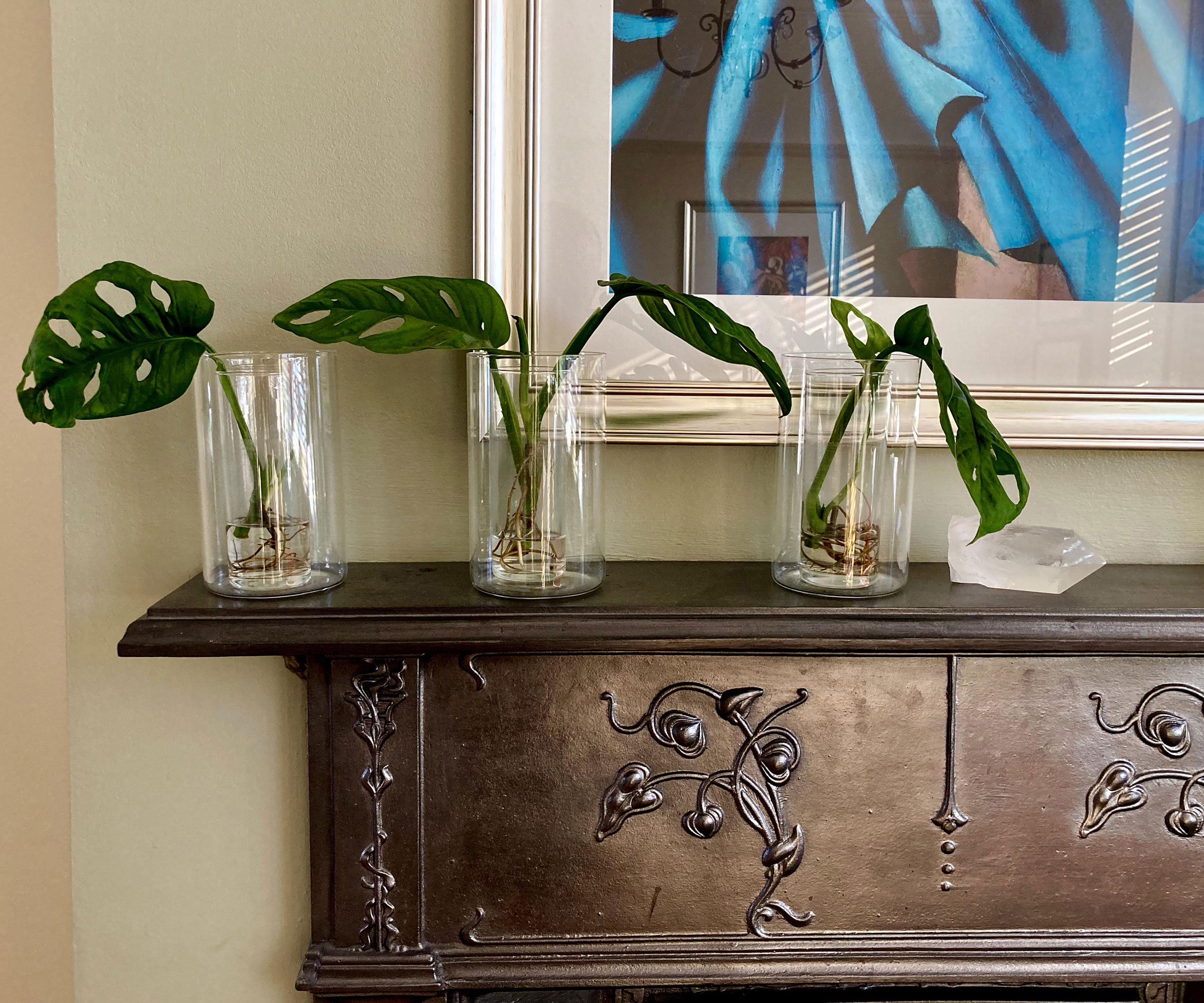
Cuttings rooted in water can make an attractive display
4. Move your cutting to a warm, bright spot
No matter which rooting method you’ve chosen, you need to move your cutting to a warm and bright area to encourage root growth. Without the right light levels and temperature, your Swiss cheese plant won’t have the energy needed to produce roots. Avoid direct sunlight, choosing an area close to light sources but just out of the path of the direct sun to avoid scorching the leaves.
Keep topping up the water in the glass so the water line remains above the node. If the bottom is left to dry out for long periods, your cutting won’t be able to develop roots. Around once a week, change the water completely and clean out the container to prevent bacterial buildup.
For cuttings rooted in soil, keep the soil lightly moist but never soggy. Planting in a well-draining container in the right soil will help stop the bottom of the cutting from rotting.
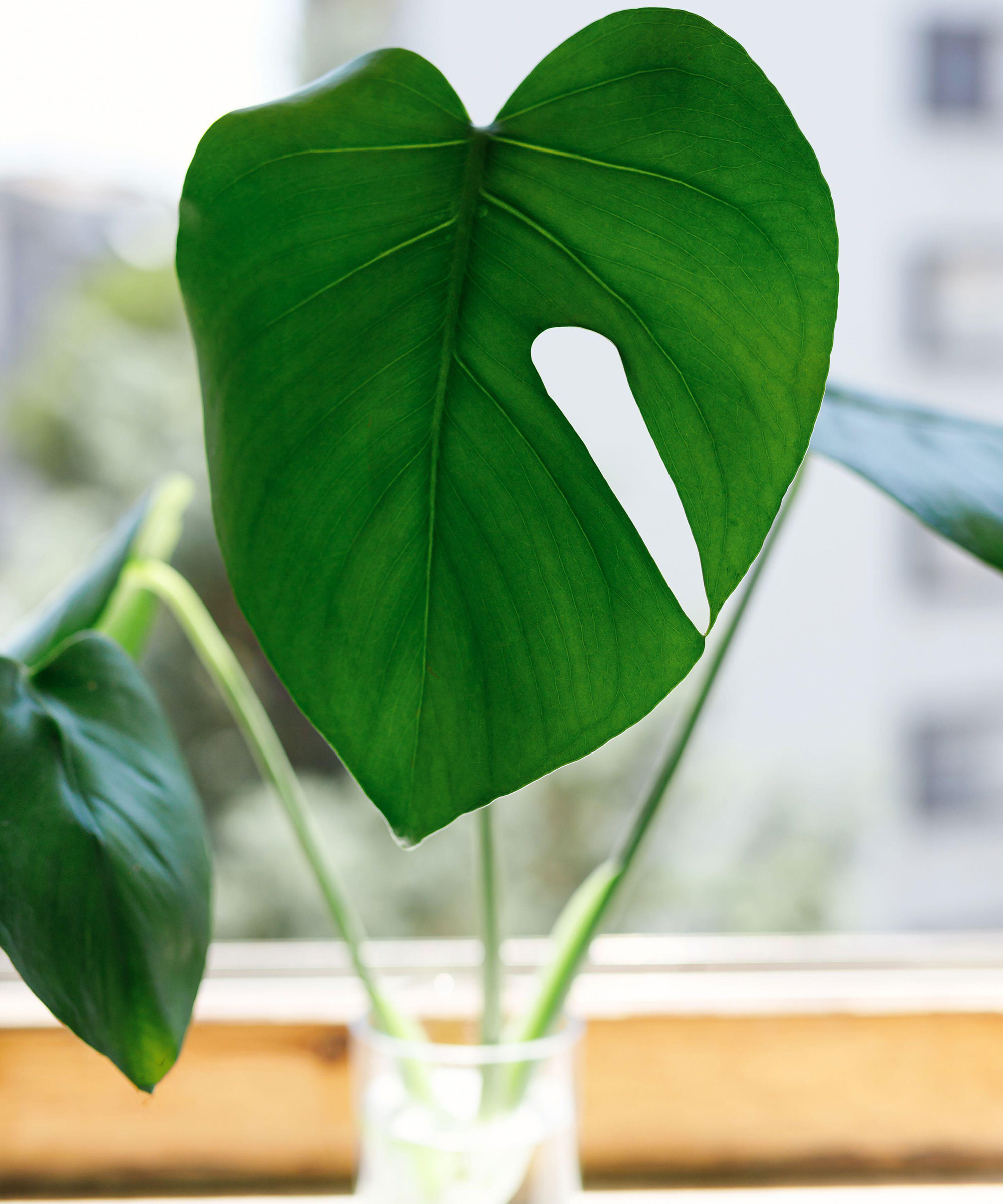
Keep your cutting somewhere light and warm
5. Transplant your monstera cutting
Once the roots have grown a few inches long, you’re ready to transplant into soil. Cuttings rooted in a propagating mix can last a little longer, but they will eventually need to be transplanted into a houseplant potting mix, such as this Miracle Gro indoor potting mix from Amazon, for long-term growth.
Choose a new container with plenty of drainage holes. Fill with a specialized houseplant potting mix, or make your own by combining two parts potting soil with one part coconut coir and one part perlite. Transplant the cutting and water well after planting to limit shock and promote new growth.
Alternatively, you can keep monstera cuttings in water to grow long-term. I first experimented with this after waiting too long to propagate a monstera cutting. Rather than risk transplant shock and rot, I decided to keep the cutting in the vase and feed with a few drops of liquid fertilizer in the water. After two years, the plant is happy and healthy, putting out several new leaves each growing season.
FAQs
When is the best time to propagate a monstera plant?
Monstera cuttings will develop roots quickest during their active growing season. Early spring is best, but any time in spring and summer is suitable. You can propagate indoors in fall and winter if you keep the cuttings warm enough, but the roots will develop far slower than they would propagating over the warmer months.
How long does it take to propagate a monstera plant?
Small roots will develop at the base of the cutting within a few weeks in the right conditions. But it will take around two months for the cutting to have long enough roots for transplanting. It will also take a few months before any new leaf growth appears.
Whether you choose to propagate a Swiss cheese plant in water or soil, both methods will deliver great results and help you get even more low-maintenance indoor plants to display around your home.

Madison is a garden writer and editor, covering all things outdoors and lifestyle. After completing a BA in History and Political Science, she transformed her years-long passion for plants into a career writing for both digital and print publications. As garden editor of several print titles, Madison focuses on trends and developments in the continuously expanding gardening industry. When not typing away at her desk, she tends to her ever-growing houseplant collection and travels frequently, photographing and reporting on gardens around the world.